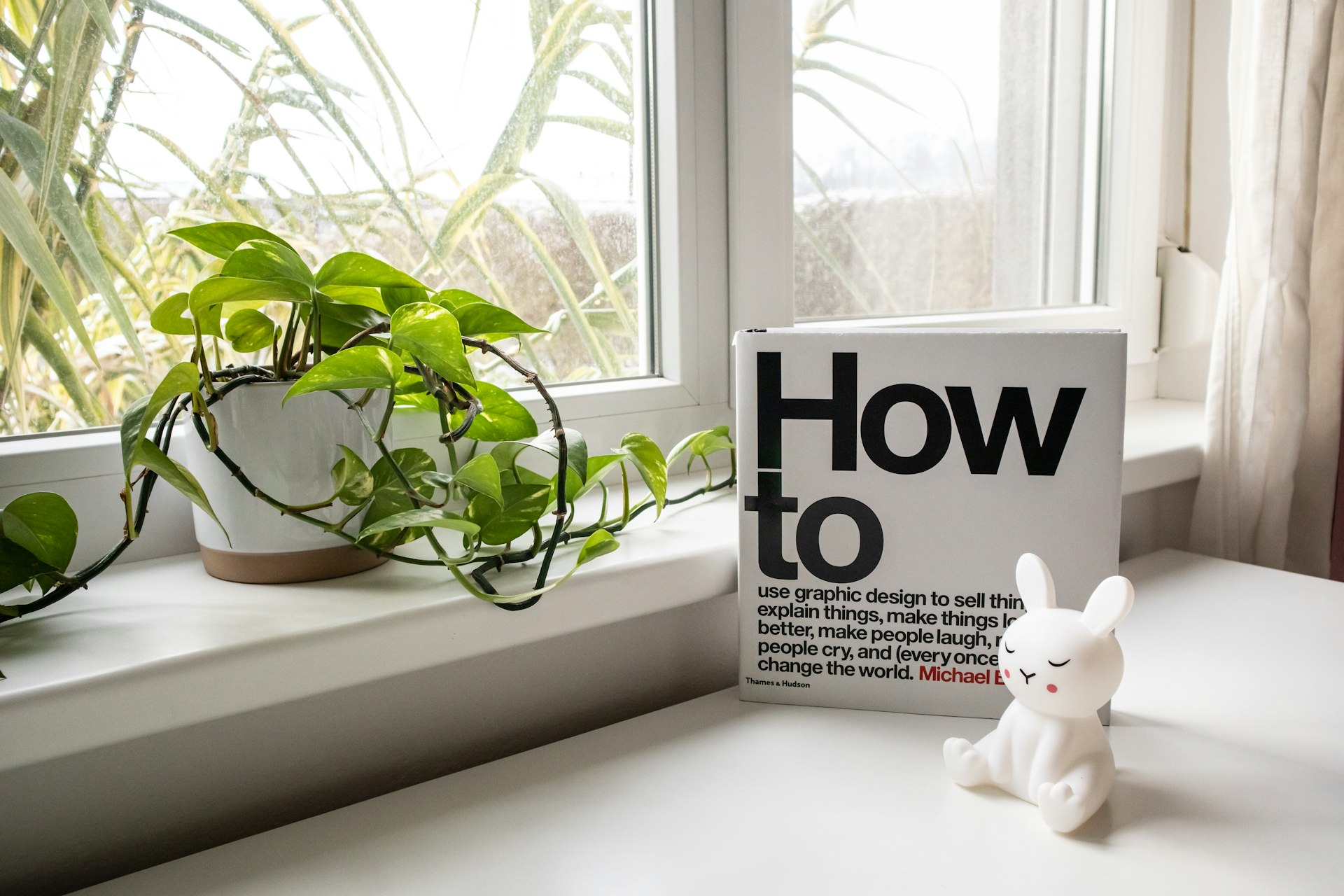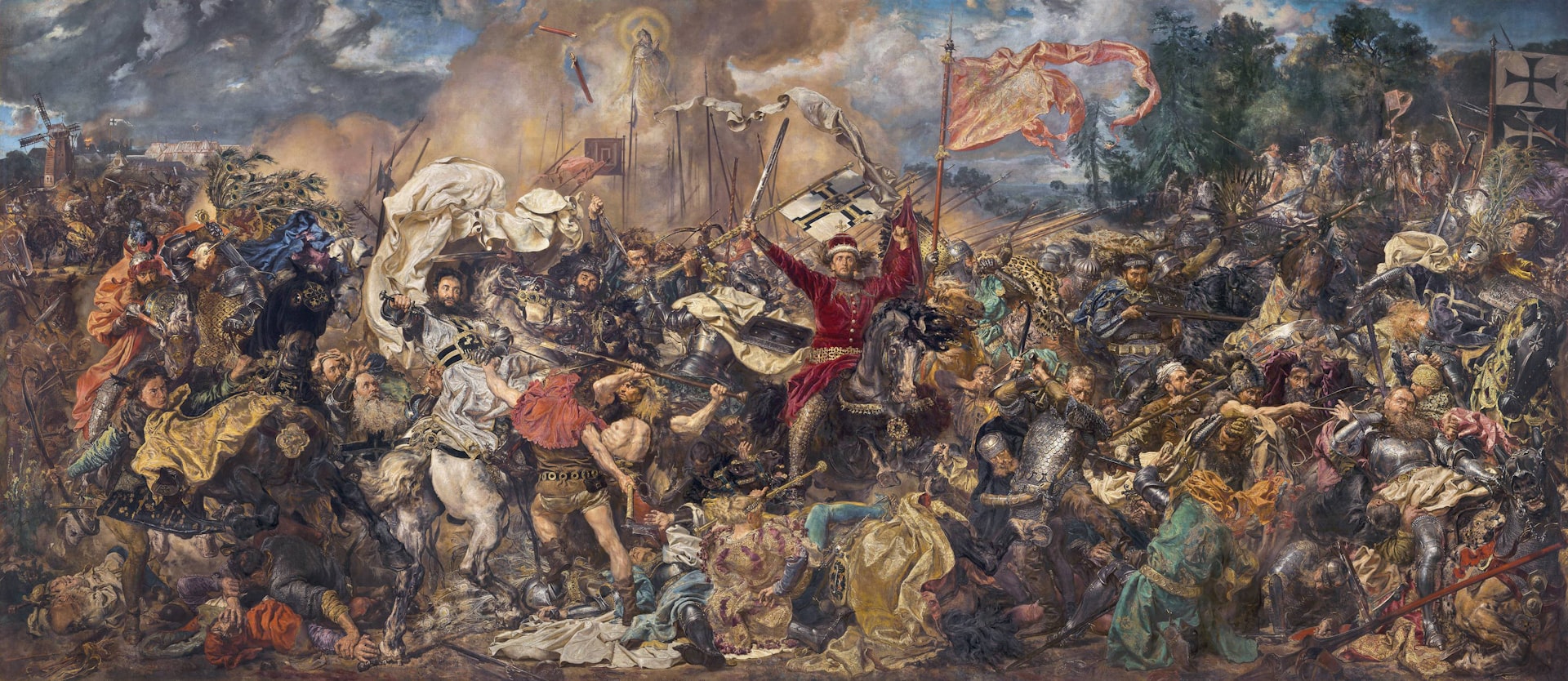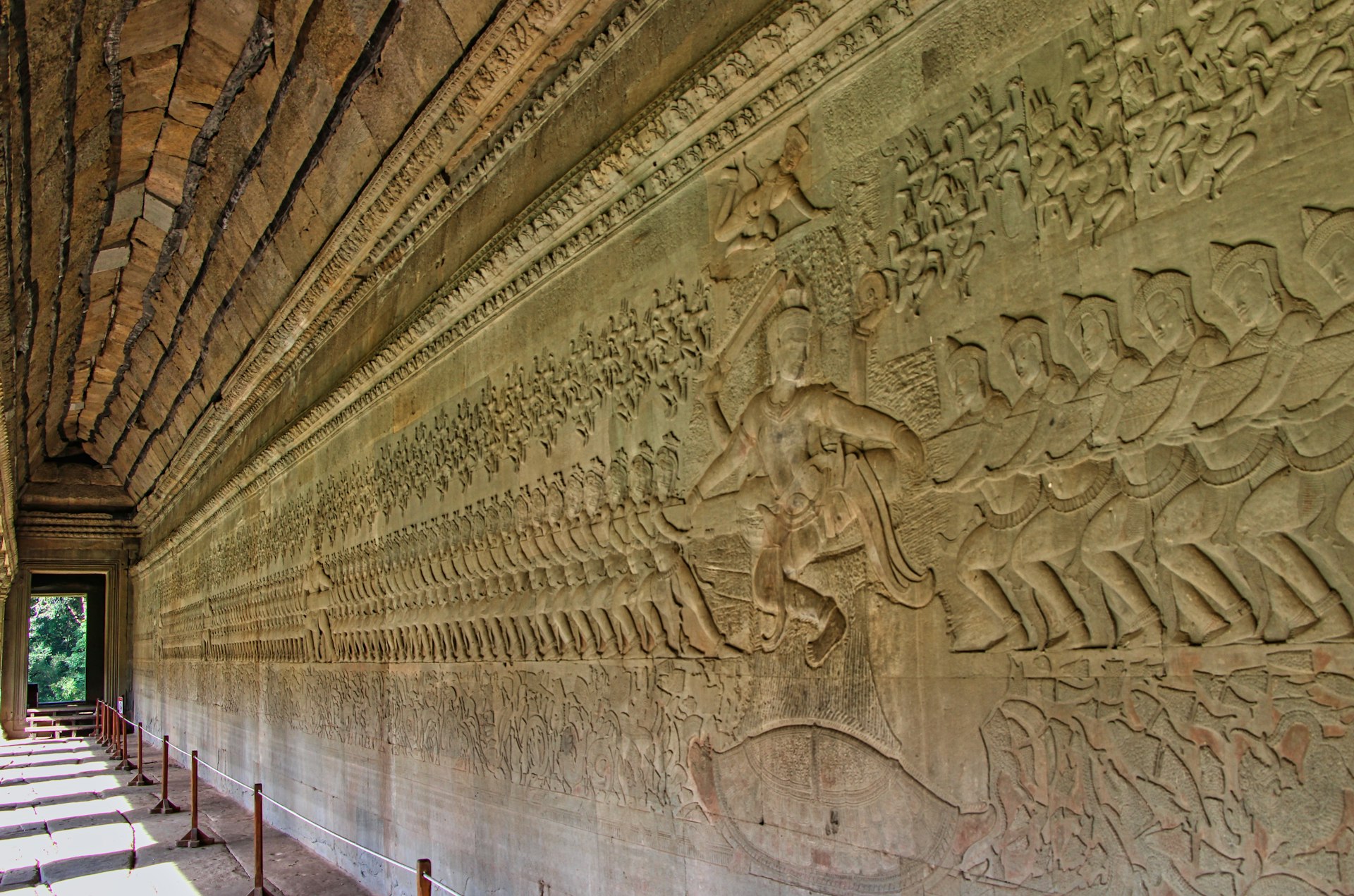Unlocking Creative Speed: How AI-Powered Fashion Design Tools Transform Modern Fashion

Photo by Munbaik Cycling Clothing on Unsplash
Introduction: The Rise of AI in Fashion Design
The fashion industry is experiencing a rapid digital transformation, with AI-powered fashion design tools now at the forefront of innovation. These platforms are reshaping how designers conceptualize, create, and bring garments to market, enabling faster workflows, data-driven decisions, and sustainable practices. This article explores the leading AI solutions, their tangible benefits, and actionable steps for fashion teams to leverage these technologies effectively.
Core Benefits of AI-Powered Fashion Design Tools
AI-driven design platforms provide several distinct advantages over traditional methods:
- Accelerated Concept Generation: AI can generate new designs rapidly from text prompts, sketches, or reference images, allowing designers to iterate and experiment without the need for initial visuals. [1]
- Enhanced Collaboration: These tools offer shared workspaces where teams can communicate and refine concepts together, reducing miscommunication and streamlining the approval process. [1]
- Accurate Trend Forecasting: AI algorithms analyze vast datasets-social media, e-commerce, historical collections-to predict trends and consumer preferences with higher accuracy. [3]
- Reduced Physical Sampling: Digital prototyping and photorealistic rendering minimize the need for costly, time-consuming physical samples, supporting sustainability goals. [1]
Key AI-Powered Tools in Fashion Design
Several AI platforms have gained prominence for their unique capabilities:
Onbrand AI Design
Onbrand AI Design offers intuitive concept generation and photorealistic rendering. Designers can start with text, sketches, or reference photos, generating vendor-ready files and reducing reliance on external resources. Reported outcomes include up to tenfold faster design turnaround and significant reductions in sample rounds. [1]
Yoona.ai
Yoona.ai integrates sales confidence algorithms that analyze market data, helping brands make informed decisions about which styles are most likely to succeed. Its dynamic API connectivity allows quick integration with popular platforms like Shopify and Clo3D, without the need for developer intervention. [2]
StyleAI & TrendGenius
StyleAI automates product tagging, trend analysis, and design suggestions, while TrendGenius provides real-time analytics to forecast trends and adapt collections to shifting consumer demand. [3]
Browzwear
Browzwear is a leader in 3D digital garment visualization. Its VStitcher and Lotta platforms allow designers to create virtual prototypes, simulate fabrics, and make real-time design adjustments, cutting time-to-market and supporting sustainability. [5]
Gerber AccuMark
Gerber AccuMark remains an industry standard for accurate pattern making, grading, and marker making. It integrates advanced fabric simulation and customizable templates for precision and efficiency. [4]
Real-World Applications and Case Studies
Fashion brands are achieving measurable results with these AI tools:
- Brands using Onbrand AI Design report up to 10x faster design cycles and 30-50% fewer physical samples, translating to over ten weeks saved per year. [1]
- With Yoona.ai , companies can predict which products will sell best using trend and competitor data, reducing guesswork and improving profitability. [2]
- Browzwear users streamline digital garment development, collaborate more effectively, and reduce waste by simulating fabric properties in 3D. [5]
Step-by-Step Guide to Implementing AI Design Tools
To adopt AI-powered fashion design tools, follow these steps:
- Identify Your Needs: Assess which stages of your workflow-concept generation, pattern making, trend forecasting, virtual fitting-would benefit most from AI. Consider current bottlenecks and opportunities for improvement.
- Research Verified Platforms: Review official websites and reputable industry sources for platforms like Onbrand AI Design, Yoona.ai, Browzwear, and Gerber AccuMark. Evaluate features, integration capabilities, and user reviews. [1] [2] [5] [4]
- Plan Integration: Many tools offer API connectivity and can be linked to existing platforms like Shopify, PLM systems, or your team’s preferred design software. Consult support documentation or contact the vendor for integration guidance. [2]
- Train Your Team: Ensure designers and product managers receive thorough training on new workflows. Most vendors provide tutorials, webinars, and support channels for onboarding.
- Test and Iterate: Start with pilot projects to validate improvements in speed, accuracy, and collaboration. Collect feedback, measure outcomes, and refine usage based on results.
If you are unsure which platform suits your needs, search for industry reviews and case studies on reputable fashion technology blogs and consult professional associations for recommendations.
Challenges and Solutions in Adopting AI Design Tools
While AI-powered fashion tools offer significant benefits, some challenges may arise:
- Learning Curve: New software may require initial training. Solution: Leverage vendor tutorials and community forums for on-demand support.
- Integration Complexity: Connecting AI platforms to legacy systems can be challenging. Solution: Choose tools with robust API connectivity and consult IT specialists for smooth integration. [2]
- Data Privacy: Handling consumer data for trend analysis and personalization requires compliance with privacy regulations. Solution: Review each platform’s privacy policy and consult legal guidance where needed.
- Cost: Some solutions have higher upfront costs. Solution: Evaluate ROI through pilot projects and phased adoption, starting with the most impactful areas.
Alternative Approaches and Future Trends
In addition to mainstream platforms, consider emerging tools and open-source solutions for specialized tasks, such as automated pattern making, ethical supply chain monitoring, and AI-powered illustration. Explore platforms like Modelia for visual mockups and EthicaAI for sustainability auditing. [3]
Future developments may include more advanced generative models, real-time personalization engines, and deeper integrations with e-commerce and supply chain platforms. Stay informed by subscribing to industry publications and attending technology webinars.
How to Access and Evaluate AI-Powered Fashion Design Tools
To get started, consider the following strategies:

Photo by Graphe Tween on Unsplash
- Visit official product websites and read verified user testimonials for hands-on insights.
- Contact vendors directly for product demos, pricing information, and integration support. Most platforms offer free trials or pilot programs for new users.
- Search for reviews using terms like “AI fashion design software reviews,” “digital garment prototyping tools,” or “trend forecasting platforms for apparel” in reputable industry publications.
- Consult with fashion technology consultants or professional associations for tailored recommendations.
For platforms like Onbrand AI Design , Browzwear , and Gerber AccuMark , you can find verified contact information and product details on their official websites. If in doubt, use search engines with official brand names to locate their portals.
Key Takeaways
AI-powered fashion design tools offer transformative potential for brands seeking to boost creative speed, accuracy, and sustainability. By choosing verified platforms, planning thoughtful integration, and leveraging data-driven insights, designers can stay ahead in a competitive industry.
References
- [1] Onbrand PLM (2025). 8 Best Clothing Design Software for Fashion Teams.
- [2] Yoona.ai (2025). Why Yoona.ai Is the Best AI Fashion Design Tool for Modern Brands.
- [3] Inside Fashion Design (2025). Top AI Tools Used by Fashion Designers in 2025.
- [4] Smart Pattern Making (2025). Top 10 Fashion, Pattern, and Garment Design Software.
- [5] Browzwear (2025). 10 Must-Have Apps for Every Fashion Designer in 2025.



